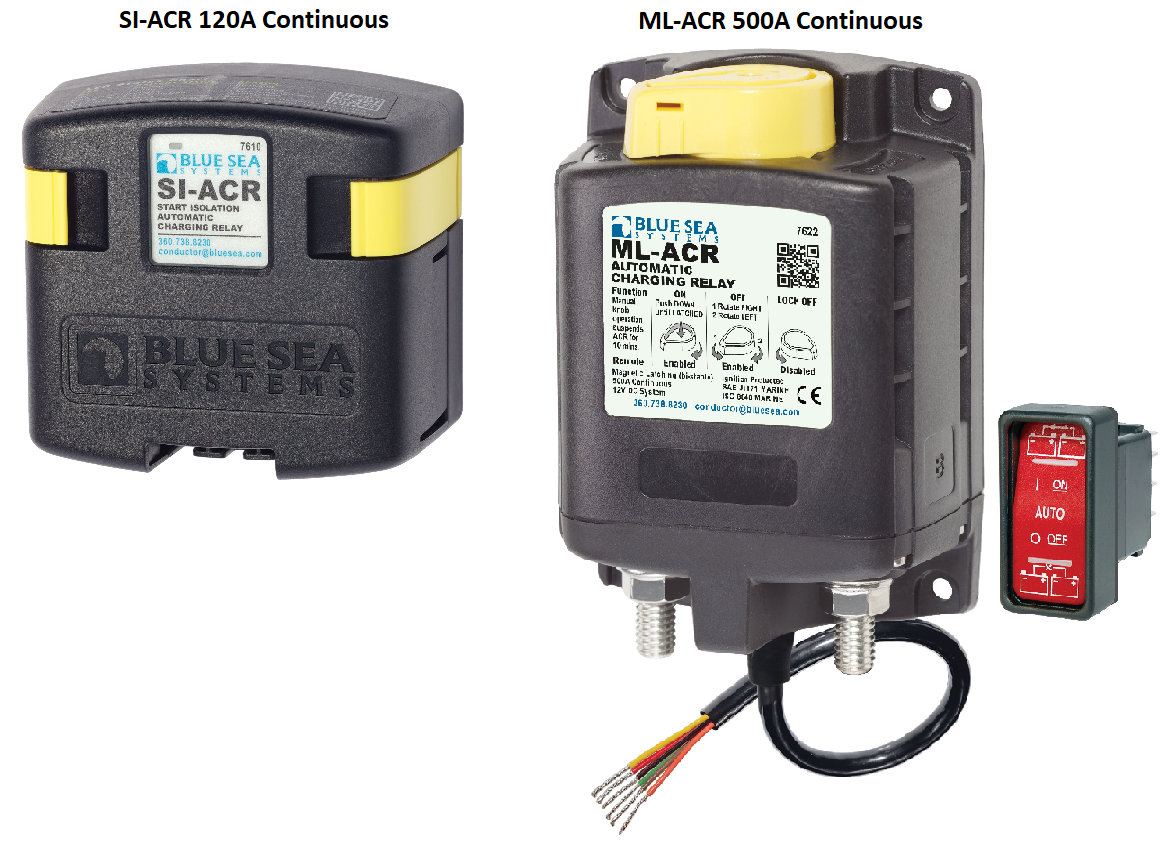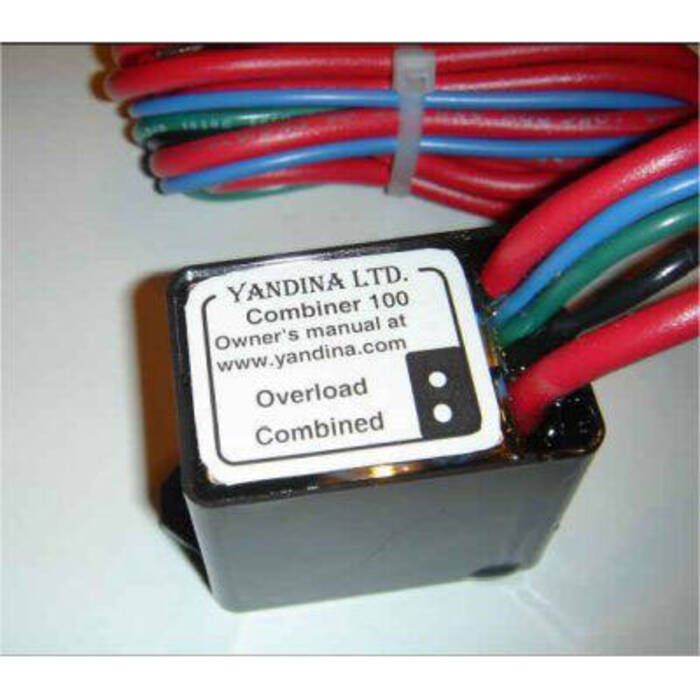What I'm suggesting is the opamp may not like backward current flow making the non-inverting pin more negative than the inverting pin trying to drive to or beyond the rail. It should just go to zero but it would depend on the components whether this is damaging or not.
That "suggestion" has no basis in differential amplifiers' mode of operation nor their common failure modes. Opamp's output transistors have current limiting resistors. Operational amplifiers only respond to the difference voltage across the input terminals and not to their common potential. The "rails" don't have to be zero and +V. Etc. Etc. Etc.
Beyond the opamp input here could be a current issue in the buffer amp when the difference goes out of range. Or there might exist a damaging condition to the ADC or internal ESD or external transient protection located on the differential amp inputs.
I'm sorry, but such speculation is baseless without you providing the circuit design that you have imagined was used in the wattmeter and provide the specs of each component that is somehow threatened by such nonexistent problems. Undocumented speculation cannot be examined or disputed and is an easy out on a forum.
It's not necessarily an instantaneous stress that does the damage but repeated or allowed to exist long enough it does. When you tore into yours what is the topology, high side or low side? Was the shunt monitor self powered (floating) by chance or ground referenced?
What "stress" in this world are you talking about?? The entire meter consumes only 0.007 Amps whether it is off of the DC circuit being measured or through the external power connector. How in the world does the source of power have anything to do with an imagined failure due to reverse current?
The Watts Up device's shunt resistor is 0.001 Ohms and rated to handle 60 amps continuous and the chip resistor in the clone looked over a 1/4" square so is probably just as robust in terms of wattage.
I agree with you that it shouldn't be a problem but there are ways it could be when it was designed to achieve the 60V and 150A specifications. It might only be a problem at the top end of that range and at ~12V it's not.
Additional baseless speculation without any proof of any such problems in existence. Regardless of the voltage being 12 or 60 , at 150 Amps peak across the .001 ohm shunt we would have 0.150 volts presented to an Op-amp's inputs, forward or reverse current. Exactly what failure mode does that trigger?
The warning is unspecific and I did ruin this Drok meter apparently by running current through it backwards. It indicated zero amps as you would expect but I noticed one day it was blank and dead. It could have just been due to its relative cheapness, though, and not a design flaw.
The Drok meter's "manual" clearly states on the second page it will measure forward and reverse current without issue once the transformer is properly connected. (read the manual-
https://images-na.ssl-images-amazon.com/images/I/B1pR7CPThIS.pdf ). Hall effect sensors are not damaged by reverse current flow.
The Drok unit's current consumption is only 0.010 Amps. Your unit was probably defective but it's total failure has nothing to do with reverse current supposedly damaging the Hall effect device because they aren't.




